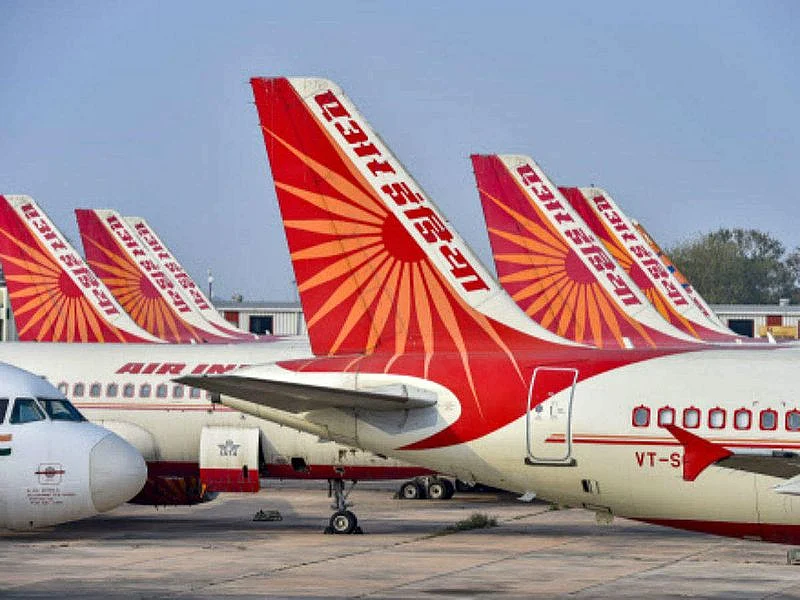Dubai: India’s civil aviation regulator, the Directorate General of Civil Aviation (DGCA), has stepped up scrutiny of Air India, issuing multiple show cause notices in recent months — the latest four of which came just this week.
The July 23 notices, first reported by ANI, were issued after Air India voluntarily disclosed safety and training-related lapses to the regulator. These included violations of flight duty limits, weekly rest requirements for crew, cabin crew fatigue management, training gaps, and procedural shortcomings.
Each notice gives the airline 14 to 15 days to respond, failing which the DGCA may take enforcement action under India’s civil aviation laws.
While Air India has acknowledged receipt of the notices and pledged cooperation, this latest wave brings the total number of notices issued this year to over a dozen, as confirmed by junior civil aviation minister Murlidhar Mohol in Parliament this week to Reuters.
Fatal crash triggers closer oversight
This sharper regulatory focus follows the crash of Air India Flight AI171 on June 12, a Boeing 787-8 en route from Ahmedabad to London Gatwick. The aircraft crashed shortly after takeoff, killing 241 passengers and crew, along with 19 people on the ground.
In response, the DGCA ordered a fleet-wide inspection of Air India’s 33 Dreamliners, flagging minor issues in eight of the 31 operational aircraft. These were reportedly corrected, while two aircraft remained under maintenance, civil aviation minister K. Rammohan Naidu told lawmakers.
An AAIB preliminary report into the crash was released on July 12, but the full investigation is ongoing.
Rising number of incidents post-crash
Since the tragedy, Air India and its low-cost arm Air India Express have seen a spate of technical issues, emergency returns, and cancelled flights:
An Air India Express flight from Hyderabad to Phuket turned back mid-air due to a technical snag
A Hong Kong–Delhi Dreamliner returned mid-flight due to system faults
A Delhi–Paris flight was cancelled after pre-flight checks failed
Two UAE-bound flights from Thiruvananthapuram were cancelled on July 21
A Kolkata stopover grounded a US-bound flight due to an engine issue
Over 80 Air India flights were cancelled in the week after the crash, according to Bloomberg
While many were due to precautionary checks and not outright mechanical failure, the growing list has added to concerns among fliers and analysts.
Deeper problem: Deal under pressure
Since its acquisition by the Tata Group in early 2022, Air India has been undergoing a massive transformation — merging four airlines, modernising its fleet, and upgrading operations.
But the crash and post-crash inspections have disrupted these efforts. The airline has since cut 15% of long-haul services, citing aircraft availability issues.
Even before the tragedy, the airline faced criticism over aging aircraft, crew shortages, and frequent delays. The Tata Group’s turnaround ambitions — while bold — are now colliding with the urgent need to restore public trust.
What DGCA notices mean for Air India
Aviation experts say the increase in DGCA notices reflects both Air India’s internal disclosures and regulatory tightening. It’s not just about this one airline — it’s a wake-up call for India’s entire aviation sector.
“It’s the whole ecosystem — maintenance, training, fleet management — that must evolve quickly,” says Kapil Kaul, CEO of CAPA India.
India’s aviation market is among the fastest growing in the world, with over 800 aircraft and 240 million passengers annually — a figure expected to double by 2030. With such rapid growth, regulatory lapses can have far-reaching consequences.
What this means for Indian passengers
While the show cause notices don’t directly impact flight schedules, they do signal a higher level of regulatory intervention. For travellers, that could mean more safety inspections, stricter enforcement, and possibly further flight disruptions as airlines work to comply.
The DGCA has no current plans to ground Dreamliners or initiate a criminal investigation, but scrutiny will remain high until the final crash report is released — and operational consistency returns.
Sign up for the Daily Briefing
Get the latest news and updates straight to your inbox
Network Links
GN StoreDownload our app
© Al Nisr Publishing LLC 2025. All rights reserved.

